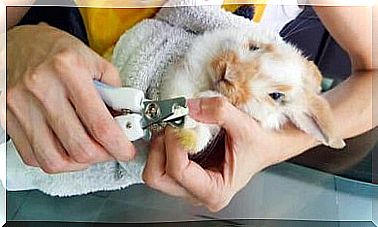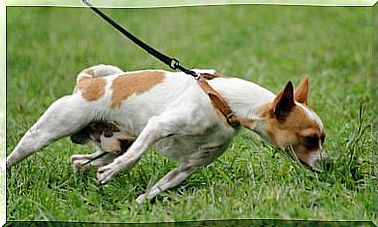Glaucoma In Dogs
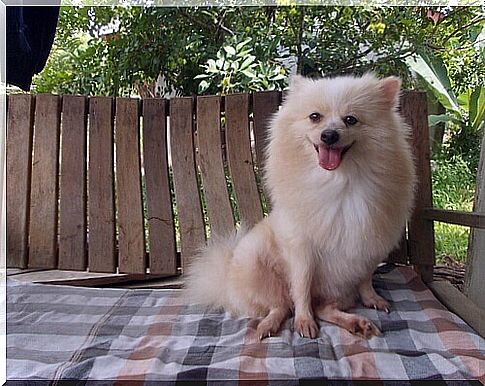
Glaucoma in dogs is a disease that affects the eyes and causes progressive loss of vision. It is often asymptomatic, being necessary to be aware of small changes in our dog’s behavior, so that we can identify the problem.
The eyes are sophisticated and delicate infrastructures that allow to send external stimuli to the brain so that it can interpret the images. A process we commonly call vision.
The visible part of the eye represents a small portion of the optical structure. This anterior portion is formed by the sclera (white part), iris (colored part), pupil (black dot), drainage channels and ciliary tissues.
At the back, and not visible, are the cornea, lens and retina, which is the inner lining of the eye. Also the nerves and the optic disc.
The joint action mechanism of all these elements makes the sense of sight possible. A change in any of these structures can lead to blindness and damage the nervous system.
Glaucoma in dogs is one of the most common eye diseases. Knowing how to recognize your first signs can save your best friend’s eyesight.
What is glaucoma in dogs?
Glaucoma affects dogs much like humans do. It is the accumulation of fluid that leads to a progressive increase in intraocular pressure.
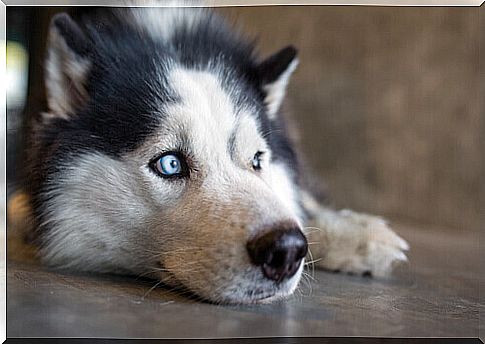
The anterior part of the eye is soaked in a clear liquid called aqueous humor or intraocular fluid. It is produced by the ciliary bodies and its function is to provide protective hydration. The dryness of this region could cause several wounds or irritations.
A healthy eye has a dynamic circulation system. Fluid is expelled from the interior of the intraocular cavity through the pupil. Almost immediately, it must be absorbed by the network of channels that make up the ocular drainage system. Thus reaching the bloodstream.
Eventually, drainage ducts obstruct the flow of aqueous humor. The excess of this fluid inside the eye generates a progressive increase in intraocular pressure. When this process affects dogs’ eyes, glaucoma arises.
Increased intraocular pressure accelerates the process of degeneration of the optic nerve and retina. The most common consequence is partial loss of vision or complete blindness.
What are the causes of glaucoma?
Glaucoma in dogs can be chronic or acute. It usually has a strong hereditary factor. Therefore, the main cause of this disorder is due to genetic inheritance.
It is important to take into account that glaucoma can also arise from other diseases that previously affected the animal’s body.
What are the symptoms of glaucoma in dogs?
In most cases, owners only notice the disorder when the animal has lost much of its vision. Basically, when the animal’s eye meets the appearance of a smudge and takes on a slightly bluish tint.
However, glaucoma blindness stems from a gradual loss of vision. Of course, for a dog, it is very difficult to communicate that he is losing his visual ability.
Early symptoms of glaucoma in dogs
- Pain or tenderness in eyes and/or head.
- Vomiting and/or retching.
- Appearance of bluish halos and/or a cloudy appearance in the eyes (especially when exposed to light).
- Difficulty in spatiotemporal location.
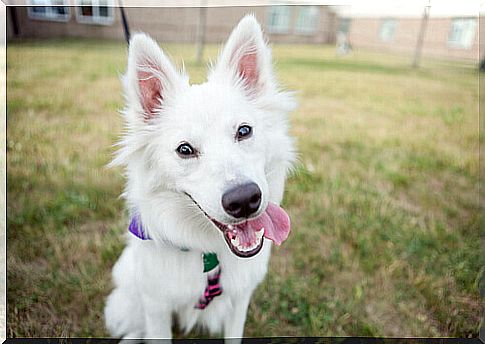
Glaucoma in dogs is often a silent disease. Dogs show that they have vision problems when they begin to walk with difficulty, dropping or hitting objects. They do this because they don’t see well and therefore cannot dodge the obstacles in their path.
Is there treatment for glaucoma in dogs?
The treatment of glaucoma in dogs is also similar to that in humans, and depends on the degree of evolution of the disorder. However, it is very important that the veterinarian is in charge of indicating an appropriate treatment for each animal.
Generally, eye drops are applied to balance the drainage system and control intraocular fluid. It is also common to administer analgesics and/or anti-inflammatory drugs to relieve severe pain in the eyes and head.
In more advanced cases, the surgical procedure is recommended. In this case, laser technology is used to artificially drain the intraocular cavity.
While there is no specific method to prevent glaucoma in dogs, responsible ownership is still the best way to preserve the health of our pets. Keeping our furry’s vaccination and deworming book up to date, providing the animal with a balanced diet and regular exercise can save their lives.
